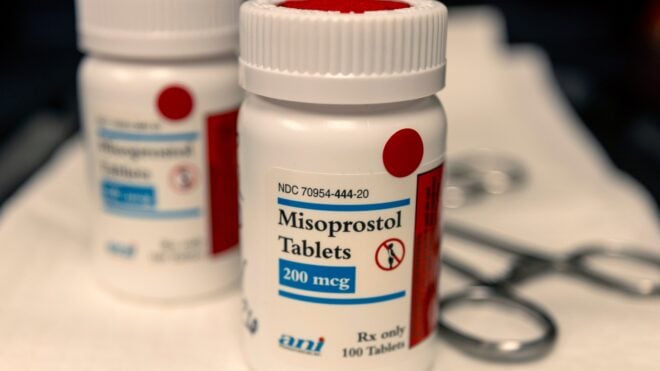Everyone knows how it feels to be looking forward to a specific meal you've been saving in the fridge, only to grab it from its shelf and realize it's covered in mold.
It's such a disappointing feeling to know that your food has gone to waste — but has it really?
There are actually some foods that are safe to eat when they're moldy. Just think about blue cheese: it's partially made of mold!
If you've ever wondered why it's OK to eat some moldy food — like certain cheeses — but not others, we're here to provide you with an answer!
Mold on food doesn't always mean it has to go straight into the trash; there are actually a lot of moldy foods that are still edible.
You might know that you should toss a moldy yogurt in the garbage, but read on to find out which foods just need a little altering to still be perfectly fine to eat.
Thumbnail Source: Flickr / Flickr
What Exactly Is Mold?
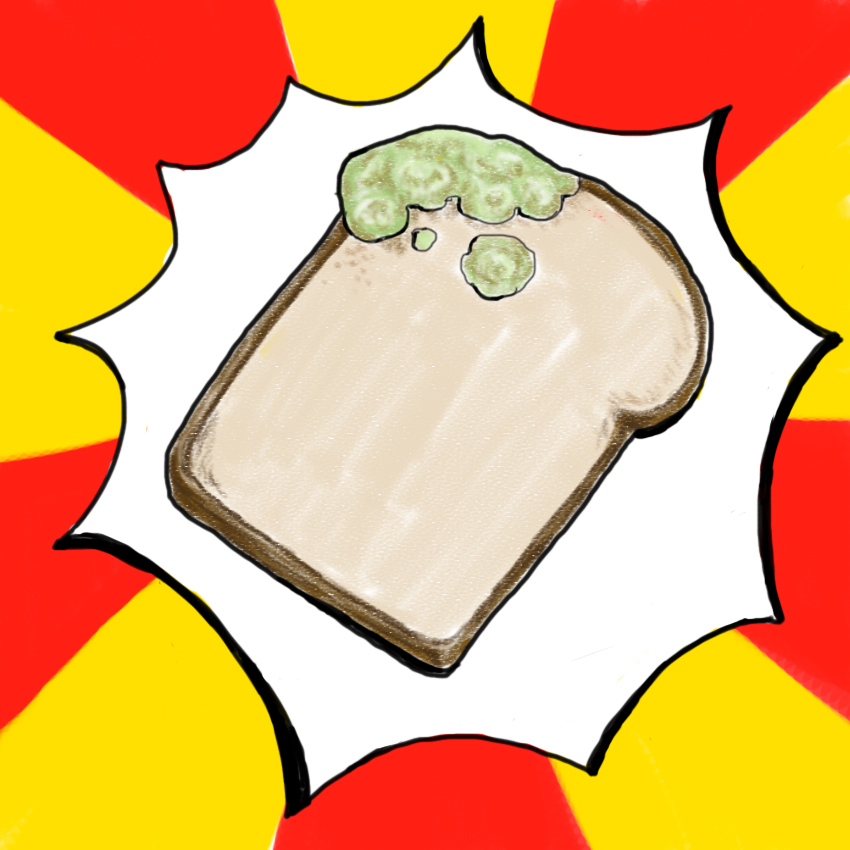
When food gets moldy, it can be pretty gross, but you might be wondering what exactly mold even is.
Mold is made up of microscopic fungi that grow from the bacteria on your food.
Why Does Food Get Moldy?
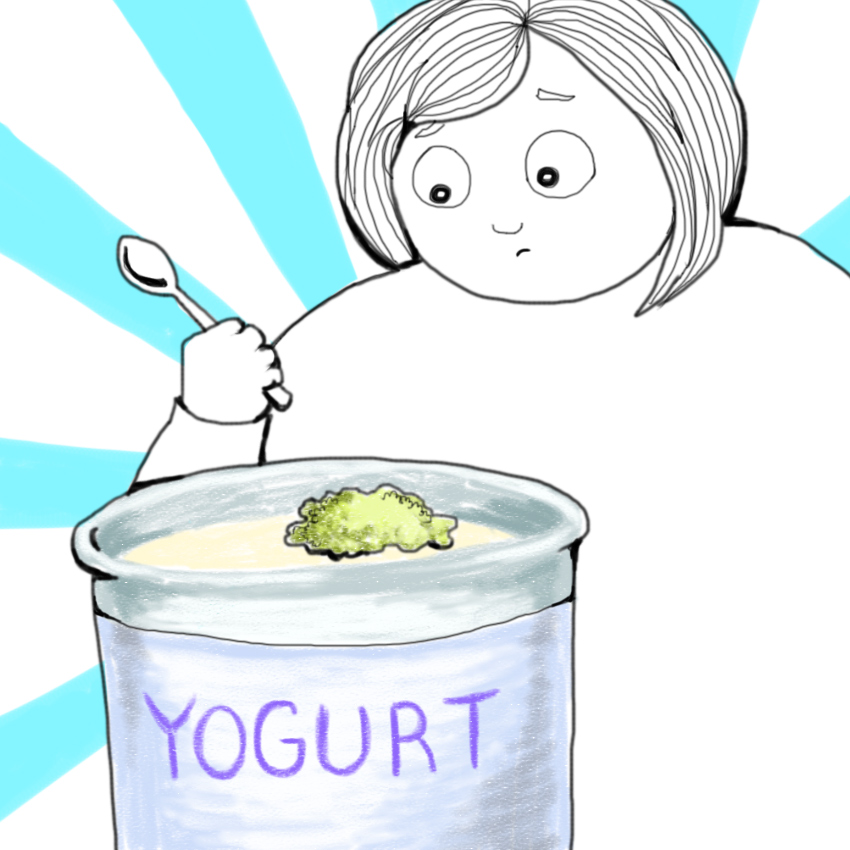
Mold grows out of spores that are always in the air.
Mold spores are not harmful in the air, but when they land on a surface, they start searching for nutrients and water.
Food serves as the perfect environment for mold to grow — once it starts growing, it can spread quickly, explains Sciencing.
Why Shouldn't You Eat Moldy Food?
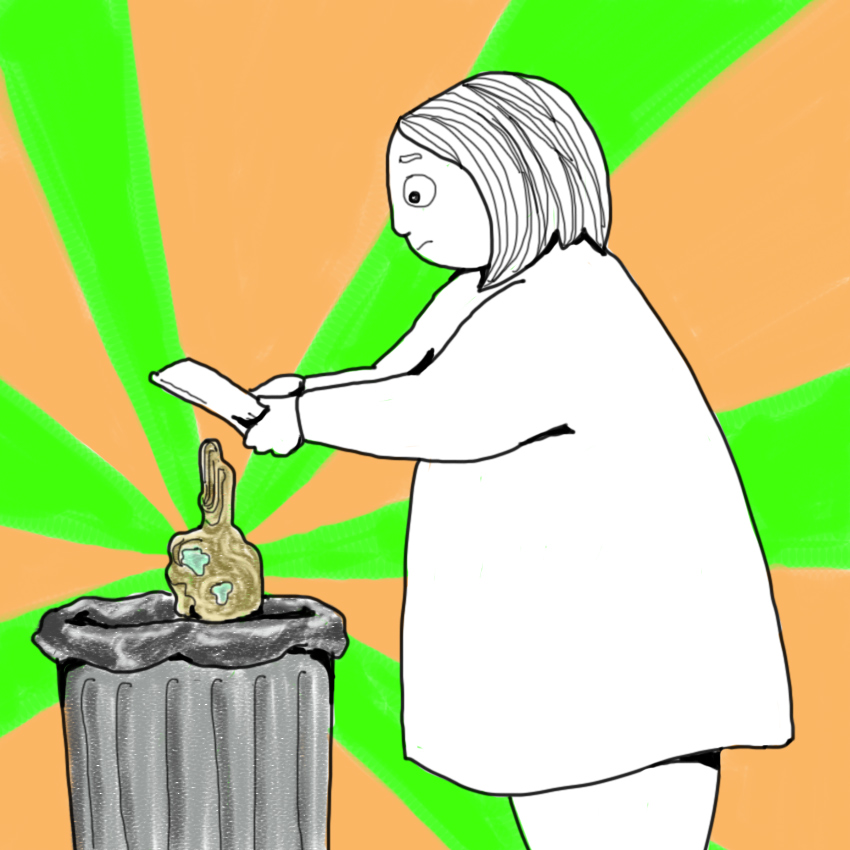
Many types of mold can be very dangerous if they're eaten.
Eating mold has the potential to make you sick, so you should make sure to check your food before you eat it.
According to Huffington Post, some molds produce mycotoxins, which are poisonous.
Which Moldy Foods Are Okay To Eat?
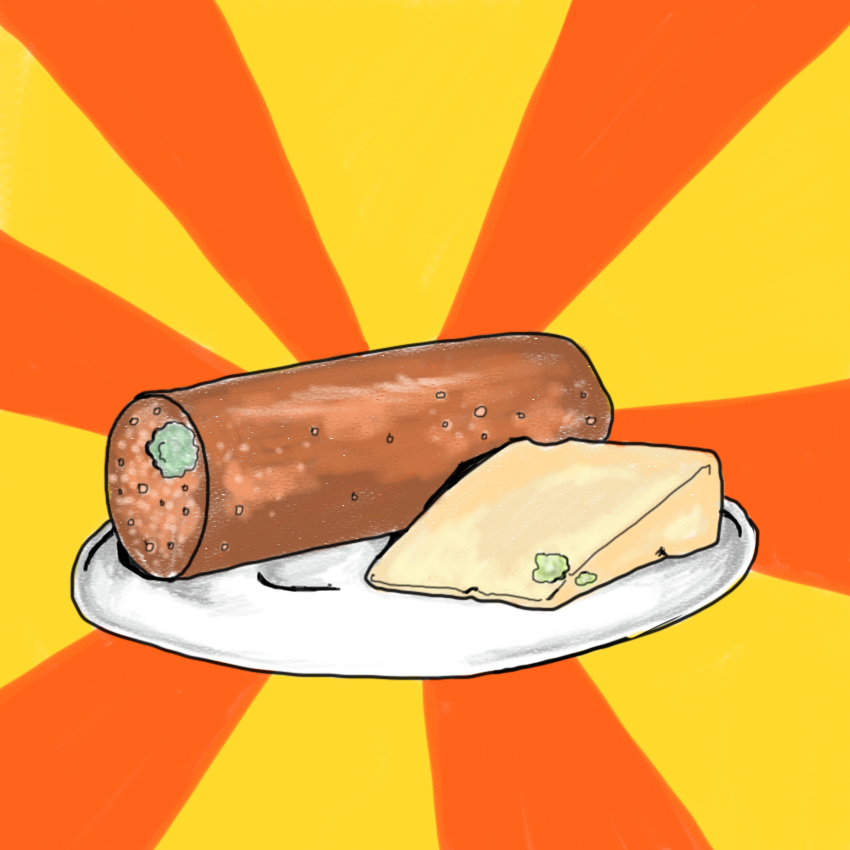
Although there are many molds that you need to avoid, there are some that won't make you sick at all.
In an effort to reduce food waste, the USDA put together a list of foods that are still safe to eat after mold starts to grow on them — all you have to do is cut off the moldy part and enjoy!
1. Hard Salami
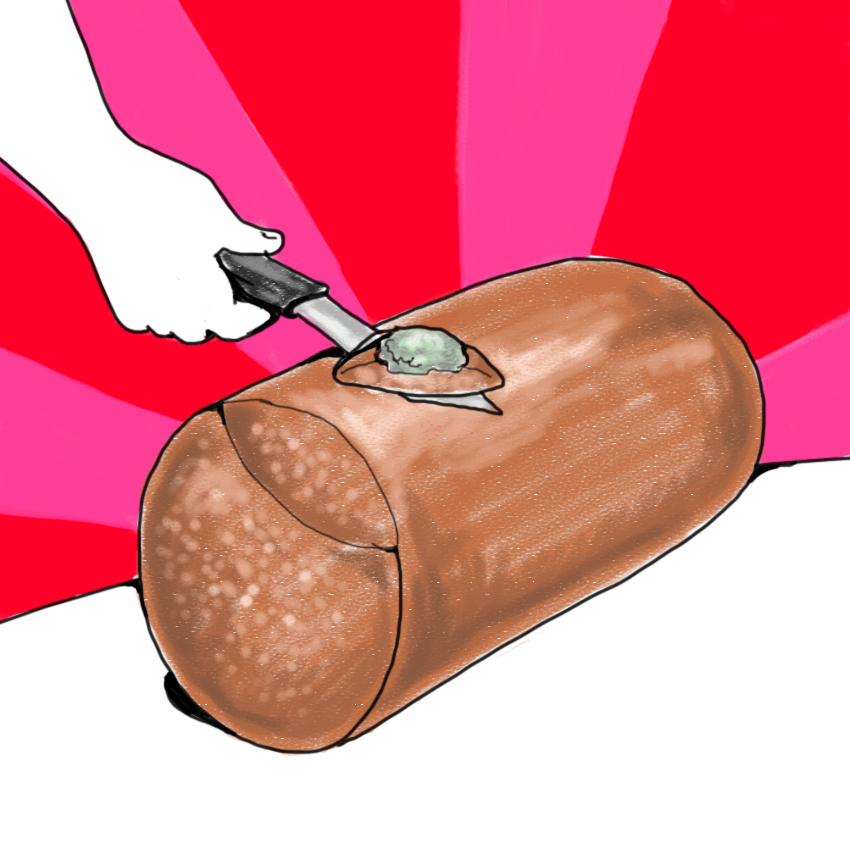
According to the USDA, it is normal for hard salamis and dry-cured country hams to have surface mold — these products are "shelf-stable," which means they keep for longer.
All you have to do to make them perfectly edible is scrub the mold off the surface.
2. Hard Cheese
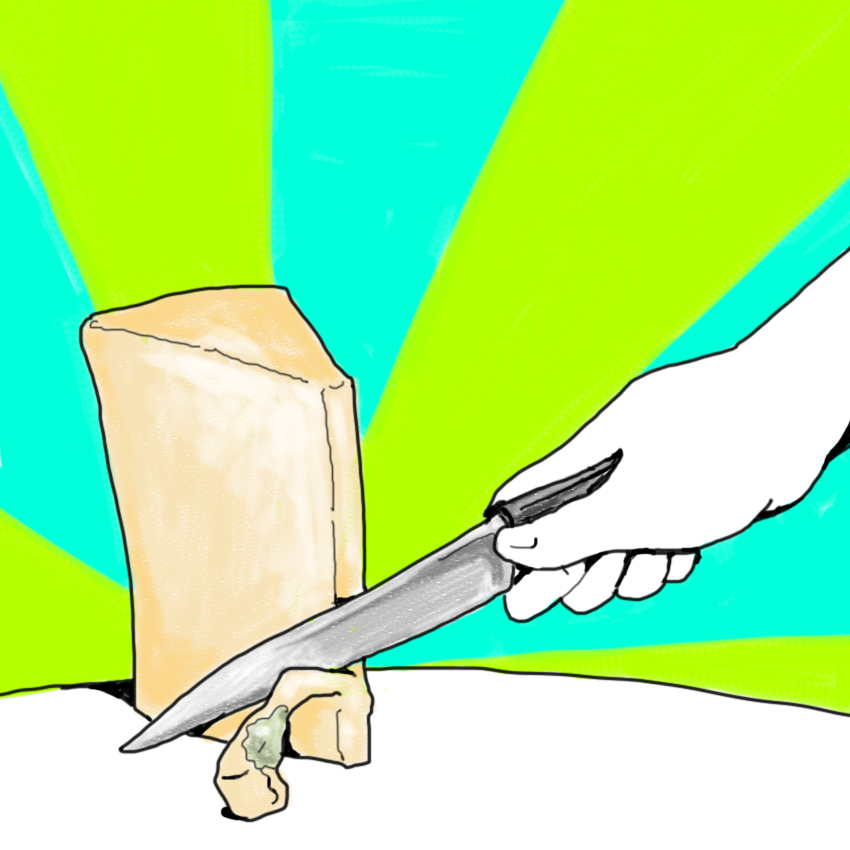
Hard cheeses aren't very hospitable for mold growth, which means that mold usually can't penetrate deep into it.
In order to eat hard cheese that has mold on it, the USDA explains that you should "cut off at least one inch around and below the mold spot (keep the knife out of the mold itself so it will not cross-contaminate other parts of the cheese). After trimming off the mold, re-cover the cheese in fresh wrap."
3. Firm Fruits
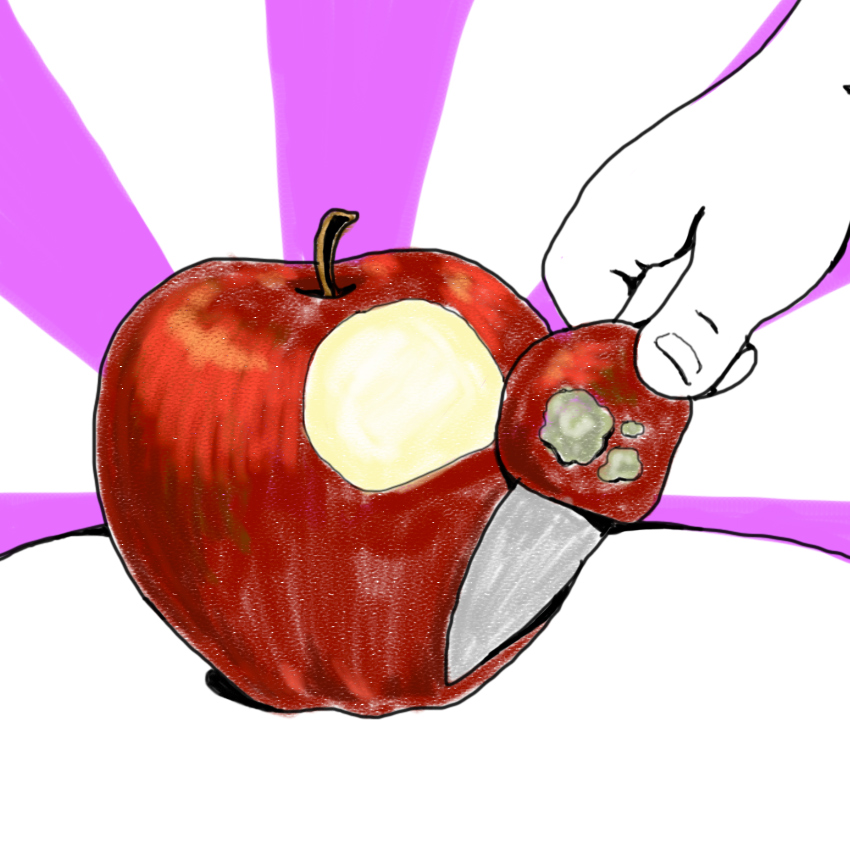
Firm fruits — especially those with low moisture content — are still okay to eat after mold appears.
Cut out the moldy spots off the fruit and it should be fine to eat!
Softer fruits like peaches are more susceptible to mold growth beneath the surface, so they should be thrown away when mold grows on them, explains Huffington Post.
4. Firm Vegetables
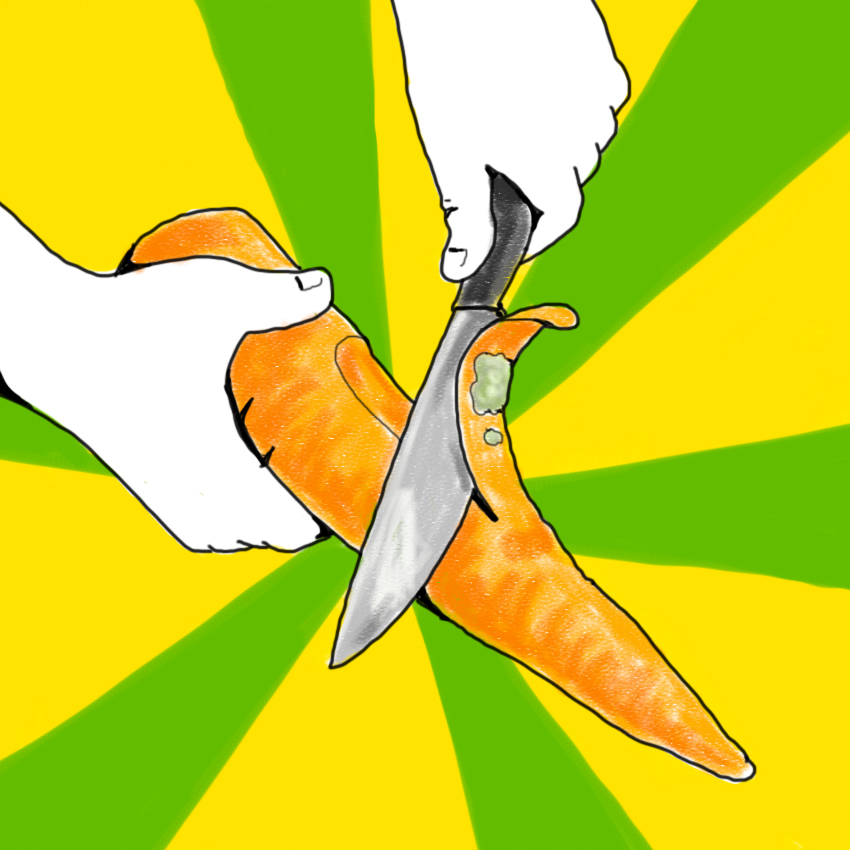
As with firm fruits, firm vegetables with low moisture content are fine to eat once you remove the moldy section.
Again, it's difficult for mold to penetrate the surface of firm vegetables, which is what makes them less susceptible to mold.
Which Moldy Foods Should You Throw Away?
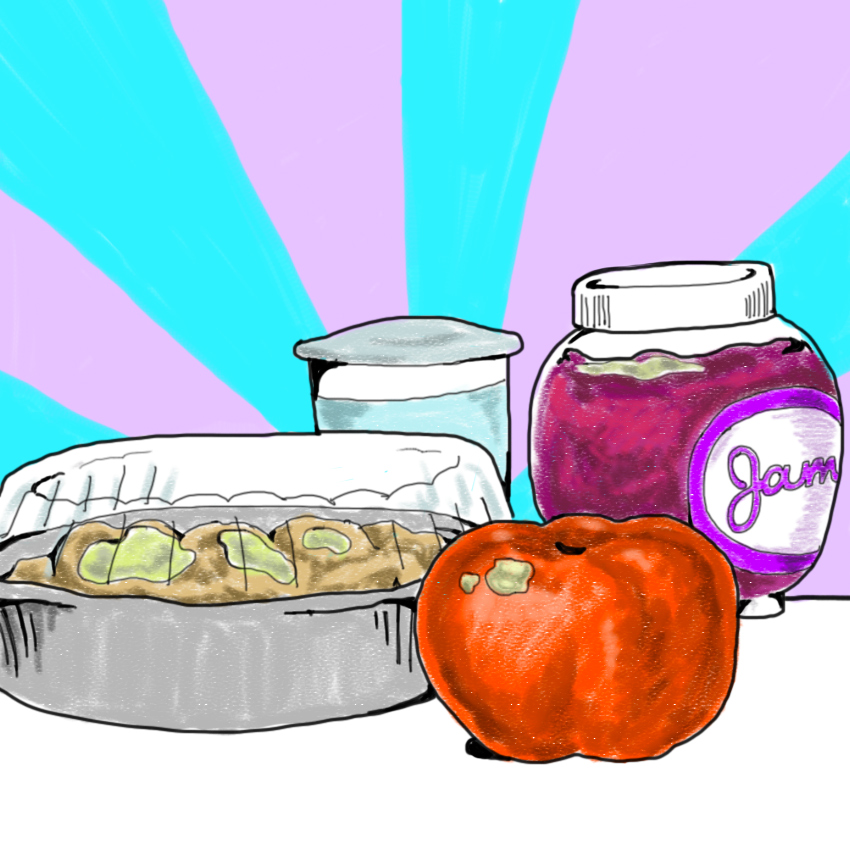
There are some foods you should never, ever eat if they become moldy.
According to the USDA, you should always throw away the following foods if you find mold on them:
- lunch meats
- hot dogs
- bacon
- cooked leftovers (meats, casseroles, pasta, and other grains)
- soft cheese, yogurt, and sour cream
- jams and jellies
- soft fruits and vegetables
- baked goods and bread
- peanut butter and nuts
When In Doubt, Throw It Out!
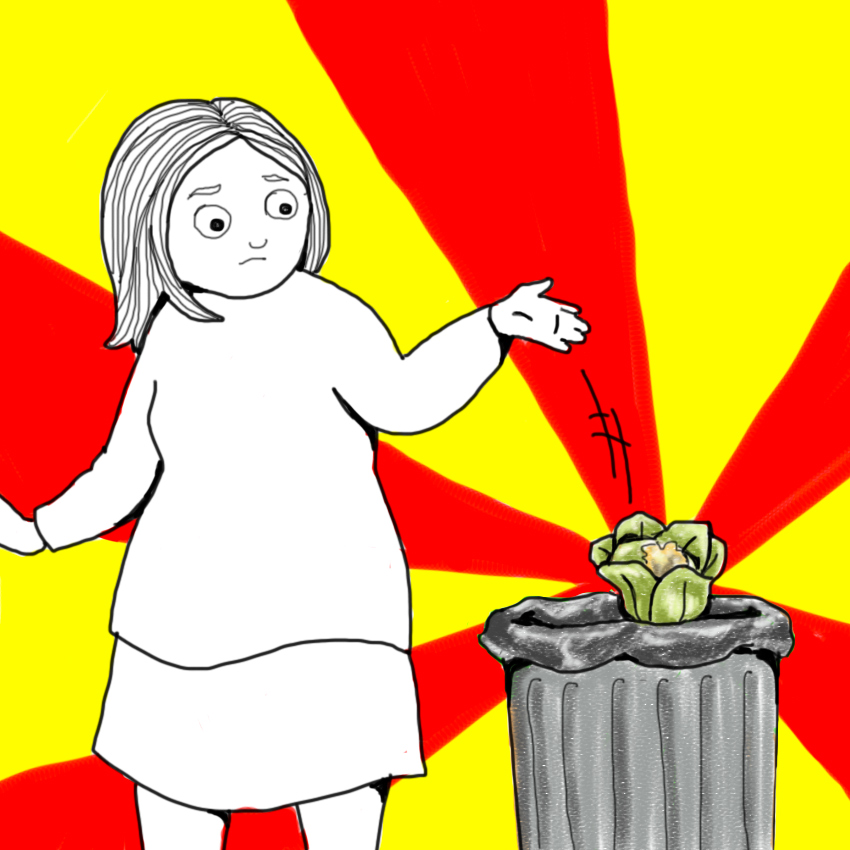
If you're unsure about whether or not you should eat a particular moldy food, just go ahead and throw it away — it's better to be safe than sorry.
If you hate wasting food, please SHARE this article with your friends and family!



